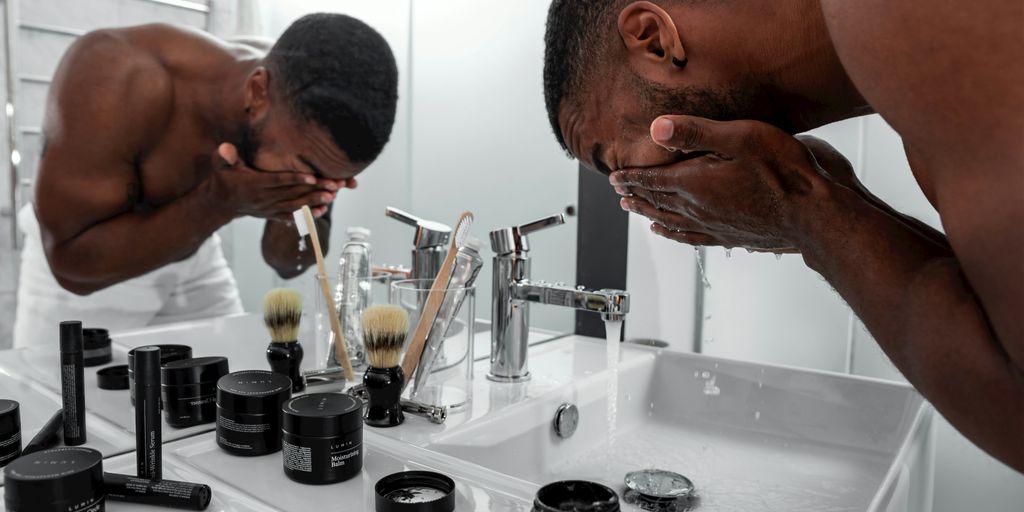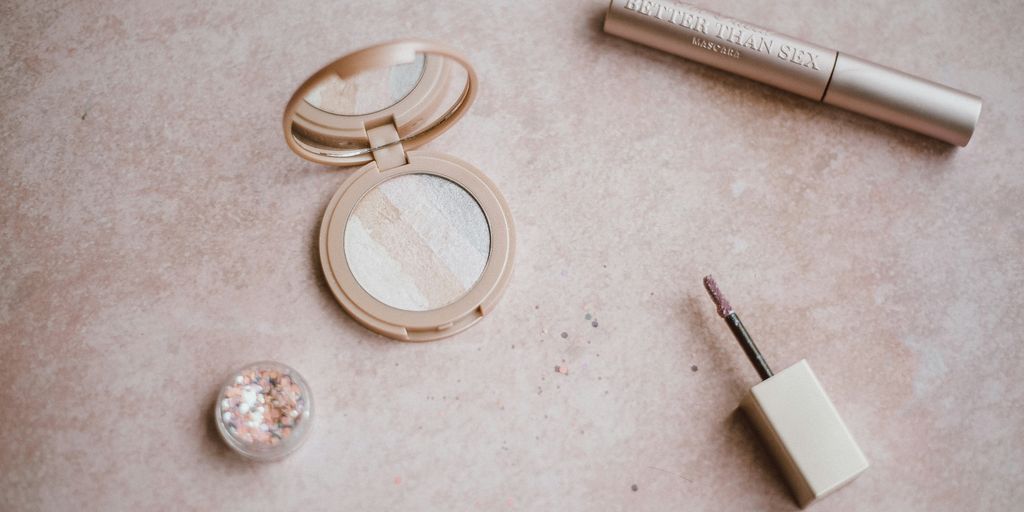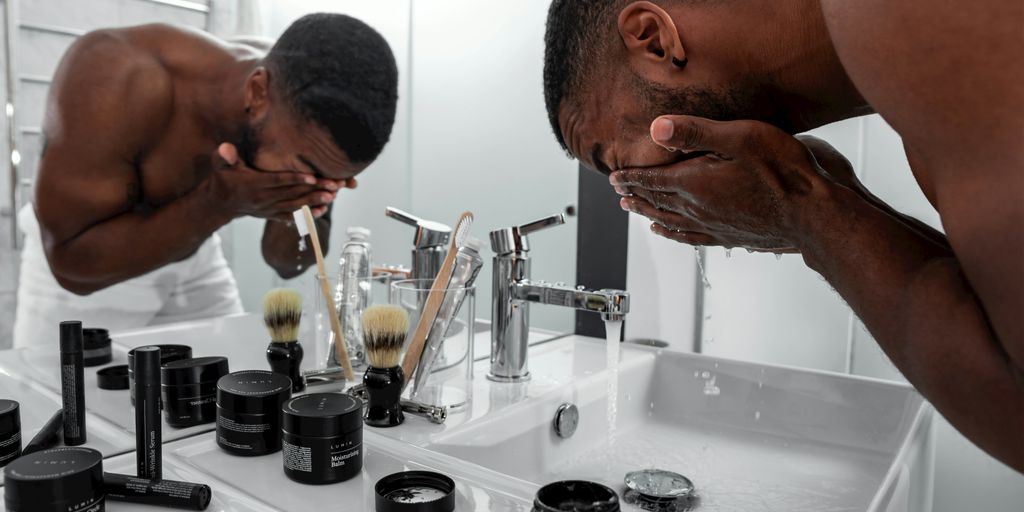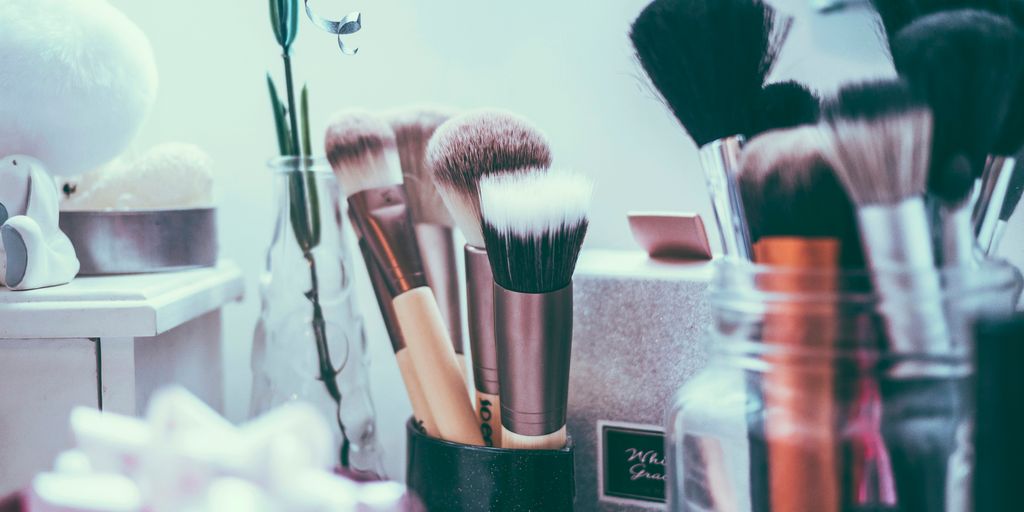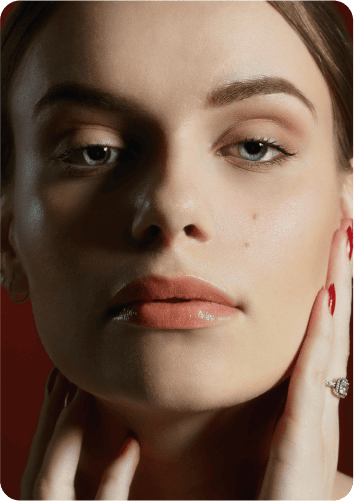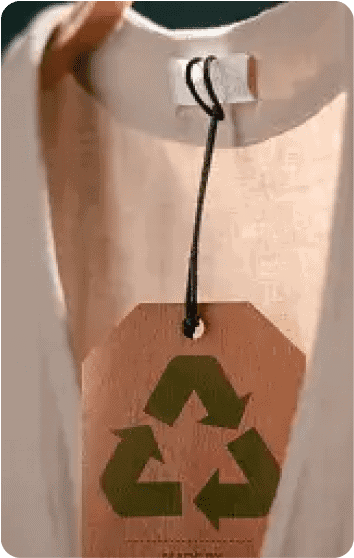In 2025, the question of whether Kiehl’s is cruelty-free comes with a lot of complexities. As consumers become more aware of ethical practices in the beauty industry, brands like Kiehl’s are under increasing scrutiny. This article will explore Kiehl’s commitment to cruelty-free practices, how it compares to other brands, and what consumers need to know to make informed choices.
Key Takeaways
- Kiehl’s defines cruelty-free as not testing on animals, but it’s essential to check their latest policies.
- The brand has adapted its practices over the years in response to consumer demand for ethical products.
- Third-party certifications play a critical role in verifying a brand’s cruelty-free claims.
- Kiehl’s faces competition from other brands that are also prioritizing cruelty-free and sustainable practices.
- Transparency in ingredient sourcing and testing is key for building trust with consumers.
Understanding Kiehl’s Commitment to Cruelty-Free Practices

The Definition of Cruelty-Free
What does cruelty-free really mean? It’s a term we see thrown around a lot, but it’s important to understand the specifics. Generally, it means that a product and its ingredients haven’t been tested on animals at any stage of development. This includes testing done by the company itself, its suppliers, or any third parties. However, the devil is in the details, as different organizations have different standards and definitions. Some companies might claim to be cruelty-free but still sell their products in countries where animal testing is required by law. It’s a complex issue, and consumers need to be informed to make the right choices.
Kiehl’s Official Stance on Animal Testing
Kiehl’s, like many brands in 2025, has made statements about its commitment to cruelty-free practices. It’s important to examine these statements closely. Do they explicitly state that they don’t test on animals anywhere in the world? Do they have policies in place to ensure their suppliers also adhere to cruelty-free standards? It’s not enough to just take their word for it; we need to look for concrete evidence and consistent actions.
Third-Party Certifications and Their Importance
Third-party certifications are a great way to verify a brand’s cruelty-free claims. Organizations like Leaping Bunny and PETA offer certifications that require companies to meet specific criteria and undergo regular audits. These certifications provide an extra layer of assurance for consumers. However, it’s also important to remember that not all certifications are created equal. Some have stricter standards than others, so it’s worth doing your research to understand what each certification actually entails. Plus, some genuinely cruelty-free brands might choose not to get certified due to the cost or complexity of the process.
It’s up to us, as consumers, to stay informed and ask questions. Don’t be afraid to reach out to brands directly and inquire about their animal testing policies and ingredient sourcing. The more we demand transparency, the more likely companies are to prioritize ethical practices.
Here’s a quick look at some common certifications:
- Leaping Bunny: Widely recognized and considered a gold standard.
- PETA’s Beauty Without Bunnies: Another popular certification, but with slightly different criteria.
- Choose Cruelty Free (CCF): An Australian certification with a strong focus on animal welfare.
The Evolution of Kiehl’s Ethical Standards
Historical Context of Kiehl’s Practices
Kiehl’s has been around for a while, and like many older brands, its journey toward ethical practices hasn’t been a straight line. Back in the day, the beauty industry operated with less scrutiny. Animal testing was more common, and consumers weren’t as focused on things like ingredient sourcing. It’s important to remember that what was considered normal then isn’t acceptable now. Times change, and so do expectations.
Recent Changes in Kiehl’s Policies
In recent years, Kiehl’s has made some noticeable shifts. They’ve started emphasizing certain ethical aspects of their production, like ingredient transparency and sustainable sourcing. It’s a work in progress, but they are moving in a better direction. It’s worth noting that many brands are reformulating products and adjusting their supply chains to meet modern ethical standards. The pressure from consumers is real, and companies are listening.
Consumer Influence on Brand Ethics
Consumers have a lot of power. The choices we make about what to buy and who to support really do matter. If enough people demand cruelty-free products and transparent practices, brands will have to adapt or risk losing business.
Think about it: every time you choose a product from a company with strong ethical values, you’re sending a message to the entire industry. You’re saying that ethics matter, and that companies need to prioritize people, animals, and the planet.
Here are some ways consumers influence brand ethics:
- Boycotting brands with unethical practices
- Supporting brands with strong ethical values
- Sharing information about ethical and unethical brands
- Demanding transparency from brands
Comparing Kiehl’s to Other Brands in 2025
Industry Standards for Cruelty-Free Products
By 2025, the bar for "cruelty-free" is set pretty high. It’s not just about the final product; consumers want to know that every step of the process, from ingredient sourcing to manufacturing, is free from animal testing. Transparency is key. Certifications from organizations like Leaping Bunny are still important, but shoppers are also digging deeper, checking brand websites and looking for detailed information about their supply chains. If a company isn’t upfront about its practices, people get suspicious.
Leading Brands in Ethical Skincare
Some brands are really leading the charge when it comes to ethical skincare. Think about companies like The Ordinary, which focuses on simple, effective ingredients and clear labeling. Or consider a brand like e.l.f. Cosmetics, which has made a name for itself with affordable, cruelty-free options. These brands aren’t just avoiding animal testing; they’re also working to reduce their environmental impact and be more transparent about their sourcing. They’re setting a new standard for the industry.
Kiehl’s Position Among Competitors
So, where does Kiehl’s fit into all of this? Well, it’s complicated. Kiehl’s has made some progress in recent years, but they still have work to do to catch up with the leaders in ethical skincare. While they may have some cruelty-free products, it’s not always clear if their entire line meets the highest standards. Consumers are getting smarter and more demanding, and Kiehl’s needs to step up its game if it wants to stay competitive. Here are some things to consider:
- Are all of Kiehl’s products truly cruelty-free, or just some?
- Is Kiehl’s transparent about its ingredient sourcing and manufacturing processes?
- How does Kiehl’s compare to other brands in terms of environmental impact?
Kiehl’s needs to be proactive in addressing these questions and demonstrating a genuine commitment to ethical practices. Otherwise, they risk losing customers to brands that are more aligned with consumer values.
To really understand where Kiehl’s stands, it’s helpful to look at a comparison table:
| Brand | Cruelty-Free Status | Transparency Level | Sustainability Efforts |
|---|---|---|---|
| Kiehl’s | Partial | Moderate | Some |
| The Ordinary | Yes | High | Moderate |
| e.l.f. | Yes | High | High |
This table gives you a quick snapshot of how Kiehl’s stacks up against some of its competitors. It’s clear that there’s room for improvement, especially in terms of transparency and sustainability.
The Role of Transparency in Kiehl’s Operations
Ingredient Sourcing and Disclosure
It’s 2025, and consumers want to know exactly what they’re putting on their skin. Kiehl’s, like other brands, faces increasing pressure to be upfront about where their ingredients come from and how they’re obtained. This includes everything from the specific farms that supply plant-based ingredients to the labs that create synthetic compounds. Brands that clearly disclose this information build trust with their customers.
Consumer Demand for Ingredient Transparency
Consumers are way more informed than they used to be. They’re reading labels, researching ingredients, and demanding to know if a product is truly what it claims to be. This demand for transparency isn’t just a trend; it’s a fundamental shift in how people shop. If Kiehl’s wants to stay relevant, they need to meet this demand head-on.
- Consumers are more likely to trust brands that openly share information.
- Social media has amplified the call for transparency.
- People are increasingly concerned about the environmental and social impact of their purchases.
How Transparency Affects Brand Trust
Transparency is no longer optional; it’s a must-have for building brand trust. When Kiehl’s is open about its practices, it shows consumers that they have nothing to hide. This can lead to increased loyalty and positive word-of-mouth. On the other hand, a lack of transparency can raise red flags and damage a brand’s reputation.
Transparency isn’t just about listing ingredients; it’s about providing context and explaining the brand’s choices. It’s about showing consumers that the brand values honesty and integrity. In today’s market, that’s what really matters.
Navigating the Cruelty-Free Landscape in 2025
Identifying Truly Cruelty-Free Brands
It’s getting trickier to know who’s really cruelty-free. Companies can use clever marketing to appear ethical without making substantial changes. Look beyond the surface and dig into a brand’s practices. Check for independent certifications from organizations like Leaping Bunny or PETA, but remember that even these aren’t foolproof. A brand can be cruelty-free for finished products but still use ingredients tested on animals by a third party.
The Impact of Greenwashing on Consumer Choices
Greenwashing is a huge problem. Some brands might slap a "natural" label on their products, but when you look closer, they’re full of questionable ingredients. It’s frustrating because it makes it hard to trust anything.
Don’t just believe the claims on the packaging. Do your homework. See if the brand is truly committed to ethical practices throughout its supply chain.
Here are some things to watch out for:
- Vague language like "eco-friendly" without specifics.
- Focusing on one small sustainable aspect while ignoring other harmful practices.
- Using misleading imagery, like lots of green leaves, to imply natural ingredients.
Resources for Ethical Shopping
Finding reliable information is key. Here are some resources that can help you make informed choices:
- Cruelty-Free Apps and Websites: Apps like Think Dirty or websites like Ethical Elephant provide ratings and information on brands’ cruelty-free status.
- Independent Blogs and Reviewers: Many bloggers and reviewers specialize in ethical and sustainable beauty. Look for those who do thorough research and disclose their sources.
- Ingredient Decoders: Use tools like INCIdecoder to understand what’s actually in your products and identify potentially harmful or unethical ingredients.
The Future of Kiehl’s and Cruelty-Free Practices
Predictions for Kiehl’s Ethical Evolution
Okay, so, looking ahead, what’s the deal with Kiehl’s and being cruelty-free? It’s tough to say for sure, but here’s my take. I think we’ll see more pressure on big brands to fully commit to ethical practices. Maybe Kiehl’s will go all-in on third-party certifications, or maybe they’ll double down on transparency. One thing is for sure: consumers are getting smarter and demanding better.
The Importance of Consumer Advocacy
Honestly, our voices matter. Brands listen when enough people start asking questions and demanding change. If we want Kiehl’s to be truly cruelty-free, we need to keep pushing them. Write emails, leave comments, and support brands that are already doing it right. Consumer advocacy is the engine of change.
Potential Challenges Ahead for Kiehl’s
It won’t all be smooth sailing. Here’s the thing: supply chains are complicated. Sourcing ingredients ethically and ensuring no animal testing happens at any stage? That’s a huge job. Plus, there’s the risk of greenwashing, where brands make claims that aren’t totally true. Kiehl’s will need to be super careful to avoid these pitfalls.
It’s important to remember that the journey to becoming truly cruelty-free is ongoing. There will be bumps in the road, but with enough pressure and transparency, Kiehl’s can get there.
Making Informed Choices as a Consumer
Understanding Labels and Certifications
Okay, so you’re standing in the store, staring at a wall of skincare. How do you even begin to figure out what’s actually cruelty-free? It starts with understanding those labels. Look for certifications from reputable third-party organizations. These groups have strict standards and regularly audit companies to make sure they’re sticking to their promises. Don’t just take a brand’s word for it; look for that official seal of approval. It’s a small detail that can make a big difference.
Researching Brands Before Purchase
Beyond the labels, do a little digging. A brand might claim to be ethical, but what does that really mean? Check out their website. See if they talk about their sourcing, manufacturing, and testing practices. Read reviews from other consumers. See what people are saying about the brand’s transparency and honesty. If a company is truly committed to cruelty-free practices, they’ll be open and upfront about it. If they’re hiding something, that’s a red flag. It’s easy to get lazy and just grab whatever’s on sale, but a few minutes of research can save you from supporting a company that doesn’t align with your values.
Empowering Yourself with Knowledge
Ultimately, the power is in your hands. The more you know, the better equipped you are to make informed choices. Learn about common ingredients and their potential impacts. Understand the difference between "cruelty-free" and "vegan." Be aware of greenwashing, where brands try to appear more ethical than they actually are.
Don’t be afraid to ask questions. Contact brands directly and ask about their practices. If they’re evasive or unwilling to provide information, that’s a sign to look elsewhere. By taking the time to educate yourself, you can become a more conscious consumer and support brands that are truly making a difference.
As a smart shopper, it’s important to make choices that are good for you and the planet. By understanding what you buy, you can support brands that care about the environment and your health. Check out our website for tips and tools that can help you shop wisely and make a positive impact. Start making better choices today!
Final Thoughts on Kiehl’s Cruelty-Free Status
So, is Kiehl’s cruelty-free in 2025? The answer isn’t as clear-cut as we might hope. While the brand has made strides in promoting ethical practices, the complexities of their supply chain and testing policies leave some questions unanswered. It’s essential for consumers to stay informed and ask the right questions. If cruelty-free is a priority for you, consider looking into brands that are fully transparent about their practices. Remember, your choices matter, and supporting brands that align with your values can drive positive change in the industry.
Frequently Asked Questions
Is Kiehl’s cruelty-free as of 2025?
Yes, Kiehl’s is considered cruelty-free in 2025. They do not test their products on animals and have committed to ethical practices.
What does cruelty-free mean?
Cruelty-free means that a brand does not test its products on animals at any stage of production.
Does Kiehl’s have any certifications for being cruelty-free?
Yes, Kiehl’s has received third-party certifications that confirm their cruelty-free status.
How has Kiehl’s changed its policies regarding animal testing?
Kiehl’s has made significant changes in recent years to enhance its commitment to cruelty-free practices.
Why is transparency important for Kiehl’s and other brands?
Transparency helps consumers understand what is in the products and how they are made, building trust between the brand and its customers.
How can I find out if a brand is truly cruelty-free?
You can check for certifications, read the brand’s official statements, and look for reviews that discuss their practices.


